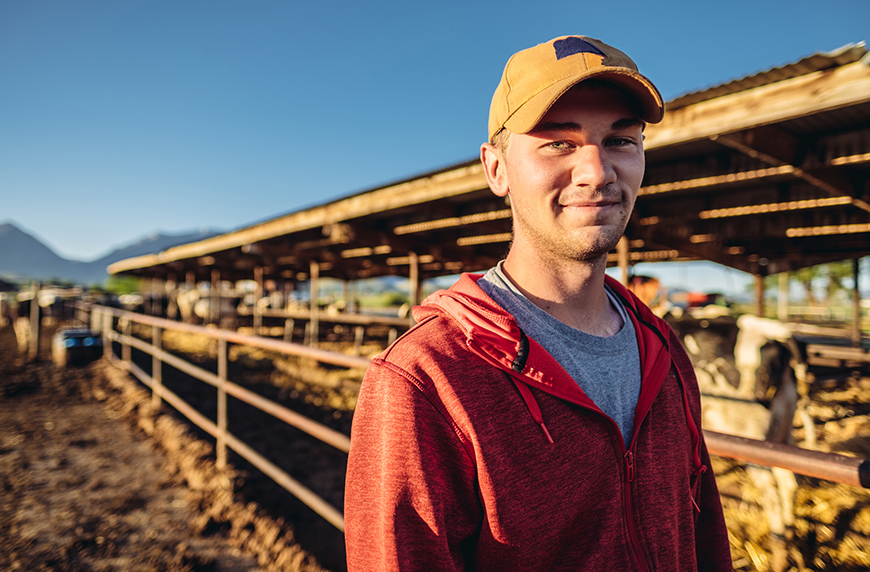
Over the past decade, 131 rural healthcare facilities have closed. According to Brock Slabach, senior vice president for member services for the National Rural Health Association (NRHA), the stress of COVID-19 has left an additional 216 highly vulnerable to closure.
But closing hasn’t been the only option for these facilities. In fact, rural hospitals and large systems alike are turning to affiliations, government funding, and other strategic moves to recover from the pandemic. Here’s a closer look at how COVID-19 is reshaping the rural healthcare landscape.
Funding discussions continue
Over the past few months, government funds have particularly helped rural facilities. The Provider Relief Fund, for example, allocated $10 billion in COVID relief to rural healthcare, and the Paycheck Protection Program provided forgivable loans to help many small facilities keep workers on their payroll.
“Another area we’ve been seeing movement on is the Medicare Advance and Accelerated Payment Program,” says Slabach. “Even though the cash was important to get in the door in March, it was like a sugar high and that money had to be paid back. We’re very pleased that right now, CMS is not withholding dollars from their payments to providers which is very important.”
Slabach and the NRHA are currently working with Congress seeking to relieve hospitals from the burden of paying back those dollars — and hope that repayment gets addressed in an upcoming round of COVID legislation. Additionally, the NRHA has been working alongside senators and congressmen to ensure that rural facilities who were acquired by larger health systems and are now affiliates still qualify for loan forgiveness through the Paycheck Protection Program.
Affiliations are back on the table
“If there were discussions of affiliation before the pandemic, they were put on hold because of all the uncertainty,” says Slabach. But with financial recovery in mind — plus flu season and possible COVID-19 surges around the corner — those discussions are back on the table.
When determining whether to affiliate with a larger system, Slabach says it’s smart for both rural facilities and large health systems to “identify the gaps of what they can’t do for themselves.” For example, if a rural hospital has staffing gaps, how can the resources of a larger health system help with physician recruitment? On the flip side, a large health system may ask how that partnership can help with patient referrals or expense management.
Ultimately, Slabach says aligning expectations is key. “When the rural hospital is visiting with the health system, I always suggest being very clear about the expectations, setting those directly, and then designing affiliation agreements that focus on them,” he explains. “You’re only going to sell your asset once.”
Communities remain at the center
Affiliations look different depending on the circumstances and needs of each organization. However, according to Slabach, Allina Health in Minnesota sets the standard of what incorporating a rural hospital should look like.
“They allow people like Toby Freier, the CEO of New Ulm Medical Center, to fully operate his facility as a business unit and develop services with the support of the system,” says Slabach. “It starts with the community and builds up, not the other direction. System policy has to be sensitive to the local conditions and adjustments should be made accordingly.”
But affiliating with another health system isn’t the only way rural facilities can stay committed to their communities during the pandemic. “There are a number of rural hospitals out there that actually want to be independent,” Slabach says. “In other words, they strategically decided that they will not affiliate at this point and they want to be independent of the system. Each individual community has to assess its own strategic objective and see where their future lies.”
The landscape continues to evolve
As the pandemic continues, rural facilities will continue to evolve to serve the 66 million Americans who depend on them. Whether these facilities turn to affiliation, remain independent, or take advantage of federal funds to weather the months ahead, Slabach says one thing is for sure — the rural healthcare landscape will continue to be complex and challenging.
We can help you find the physicians, advanced practice providers, nurses, and allied professionals your facility needs. Contact us by phone at 866.588.5996 or email at ecs.contact@chghealthcare.com to learn more.